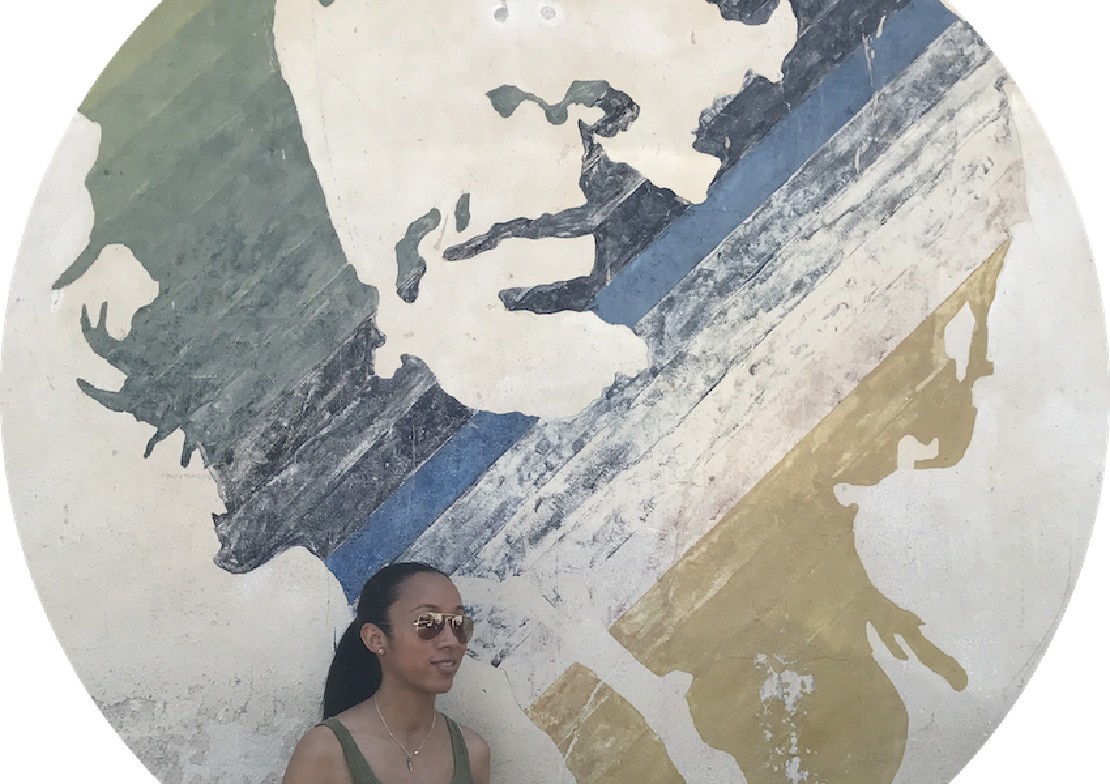20 days. I’ve actually gone 20 days since my last post.
Sorry all. The site stopped working and well I naturally didn’t have a back up and kind of panicked. Fortunately, after hours of tech support and Matrix like hacking…I found the error and fixed it in 30 seconds.
Super annoying. But let’s do this…I believe I left you in the early 1900s:
1913: Among other harsh segregationist laws, including denial of voting rights to black people, the Union parliament enacted the Natives’ Land Act, which earmarked only eight percent of South Africa’s available land for black occupancy. White people, who constituted 20 percent of the population, held 90 percent of the land.
1914: While the South African National Party were all pro-British/white-unity, the more radical Boers split away and formed the National Party. This political party was all about Afrikaner interests, advocating separate development for the two white groups, and independence from Britain.
So…everyone is totally represented here.
1924: The Afrikaner-dominated National Party came to power and Afrikaans, a low-level Dutch patois, replaced Dutch as an official language of the Union.
1948: The National Party formalized what we know today as apartheid. This was separated into _petty apartheid (_the segregation of public facilities and social events), and _grand apartheid (_dictated housing and employment opportunities by race). Some of the laws enacted around this time:
Population Registration Act: Demanded that people be registered according to their racial group.
Group Areas Act: Started physical separation between races, especially in urban areas.
Promotion of Bantu Self-Government Act: Different racial groups had to live in different areas.
1949: The ANC started on a more militant path and introduced their Programme of Action, supporting strike action, protests and other forms of non-violent resistance. Nelson Mandela, Oliver Tambo and Walter Sisulu become famous around this time.
1950s: A movement known as the Torch Commando was formed, led by white war veterans who had fought fascism in Europe and North Africa during World War II, only to find fascism on the rise in South Africa when they returned home.
I can respect that. I’d be pretty annoyed if after fighting the Nazis my grandson covered himself in swastikas.
1952: The ANC started the Defiance Campaign. This campaign called on people to purposefully break apartheid laws and offer themselves for arrest. It was hoped that the increase in prisoners would cause the system to collapse and get international support for the ANC. Black people got onto ‘white buses’, used ‘white toilets’, entered into ‘white areas’ and refused to use passes. 8,000 people ended up in jail.
1962: Police captured Mandela near Howick (up north). In later years, a former American diplomat revealed that the Central Intelligence Agency, who feared Mandela’s associations with communists, had informed the South African police of his location.
[envira-gallery id=“759”]
Mandela was transferred to the prison on Robben Island, remaining there for the next 18 years.
“Isolated from non-political prisoners in Section B, Mandela was imprisoned in a damp concrete cell measuring 8 feet (2.4 m) by 7 feet (2.1 m), with a straw mat on which to sleep. Verbally and physically harassed by several white prison wardens, the Rivonia Trial prisoners spent their days breaking rocks into gravel, until being reassigned in January 1965 to work in a lime quarry. Mandela was initially forbidden to wear sunglasses, and the glare from the lime permanently damaged his eyesight.
[envira-gallery id=“764”]
1965: District Six is declared a whites-only region. All housing there was demolished and over 60,000 residents were forcibly removed. In the gallery below you’ll see the remaining bit of rubble along with graffiti created by a former District Sixer that symbolizes the events. (Note: Rumor has it that Mandela’s mouth has been removed because his party no longer represents his views. The key symbolizes the ‘key to freedom’.)
[envira-gallery id=“751”]
1976: Students from numerous Sowetan schools began to protest in the streets in response to the introduction of Afrikaans (the language of the oppressors) as the chosen language in local schools. About 20,000 students took part in the protests. There were a reported 176 killed, but some estimates go up to 700.
Mid-1980s: Police and army death squads conduct state-sponsored assassinations of dissidents and activists.
“By mid-1987 the Human Rights Commission knew of at least 140 political assassinations in the country, while about 200 people died at the hands of South African agents in neighbouring states. Strict censorship disallowed journalists from reporting, filming or photographing such incidents, while the government ran its own covert disinformation programme that provided distorted accounts of the extrajudicial killings. At the same time, State-sponsored vigilante groups carried out violent attacks on communities and community leaders associated with resistance to apartheid. The attacks were then falsely attributed by the government to “black-on-black” or factional violence within the communities.”
Incredibly scary.
Shall we leave the 90s for another day? There’s so much history here!
Sources:

